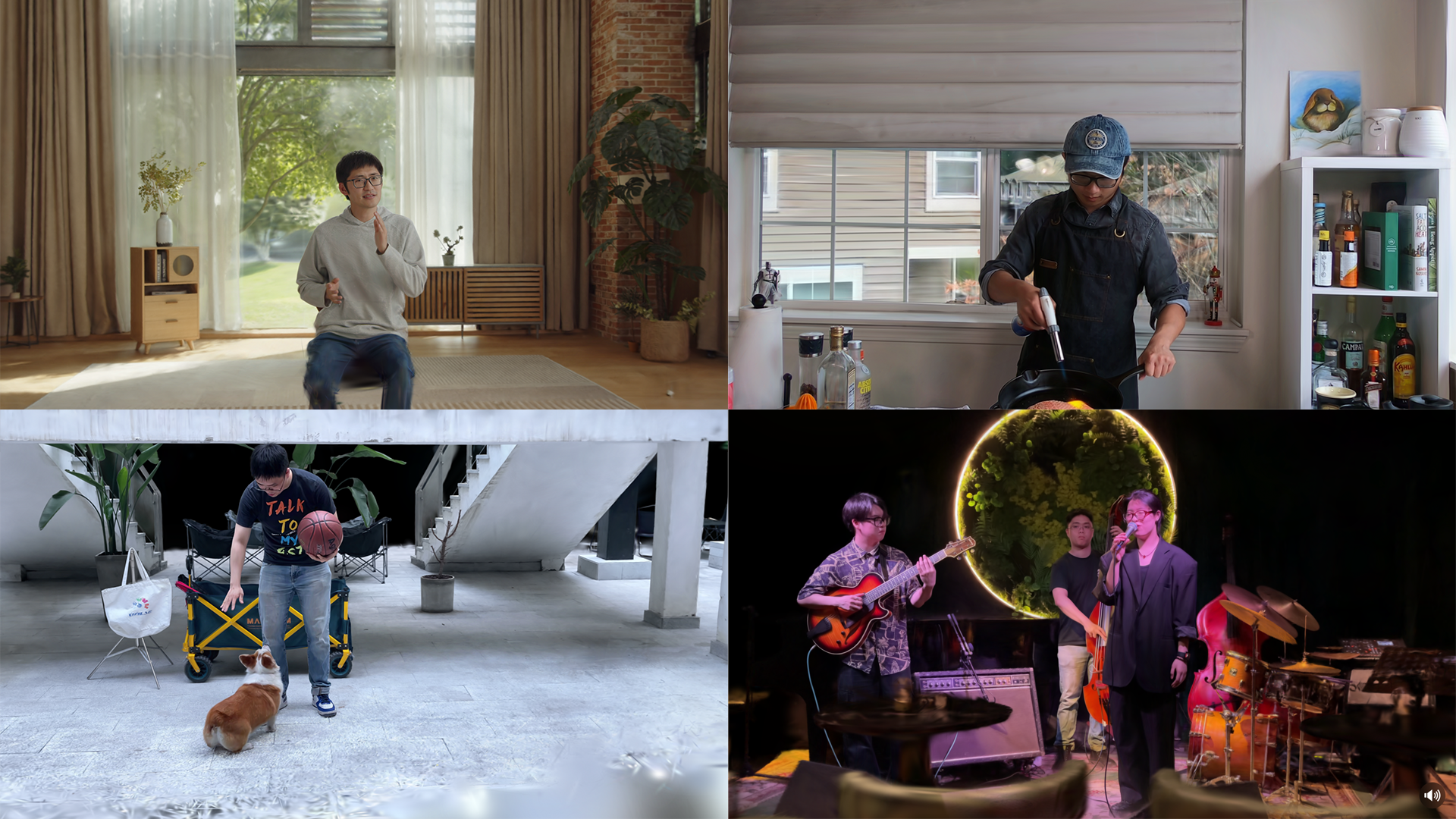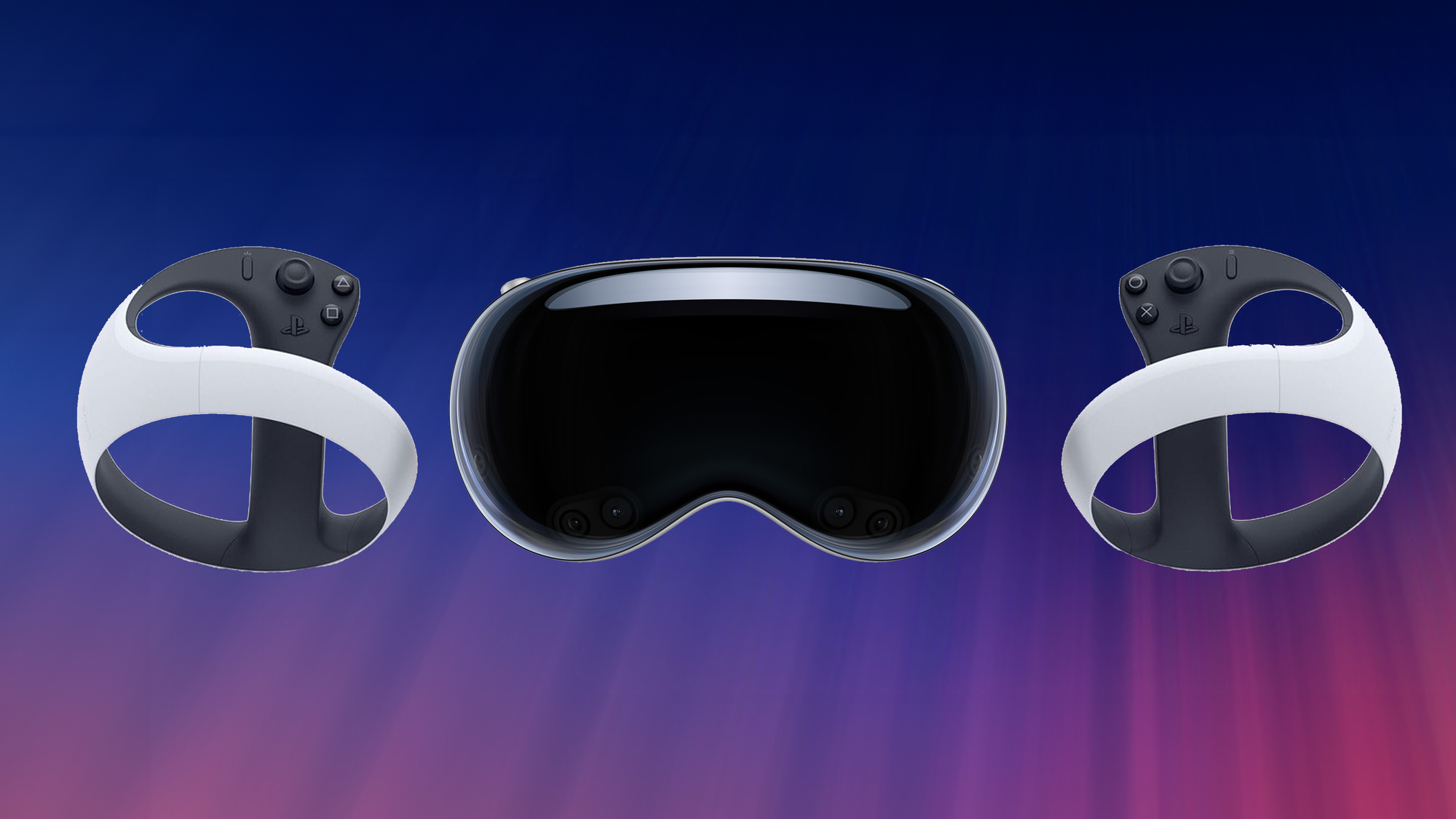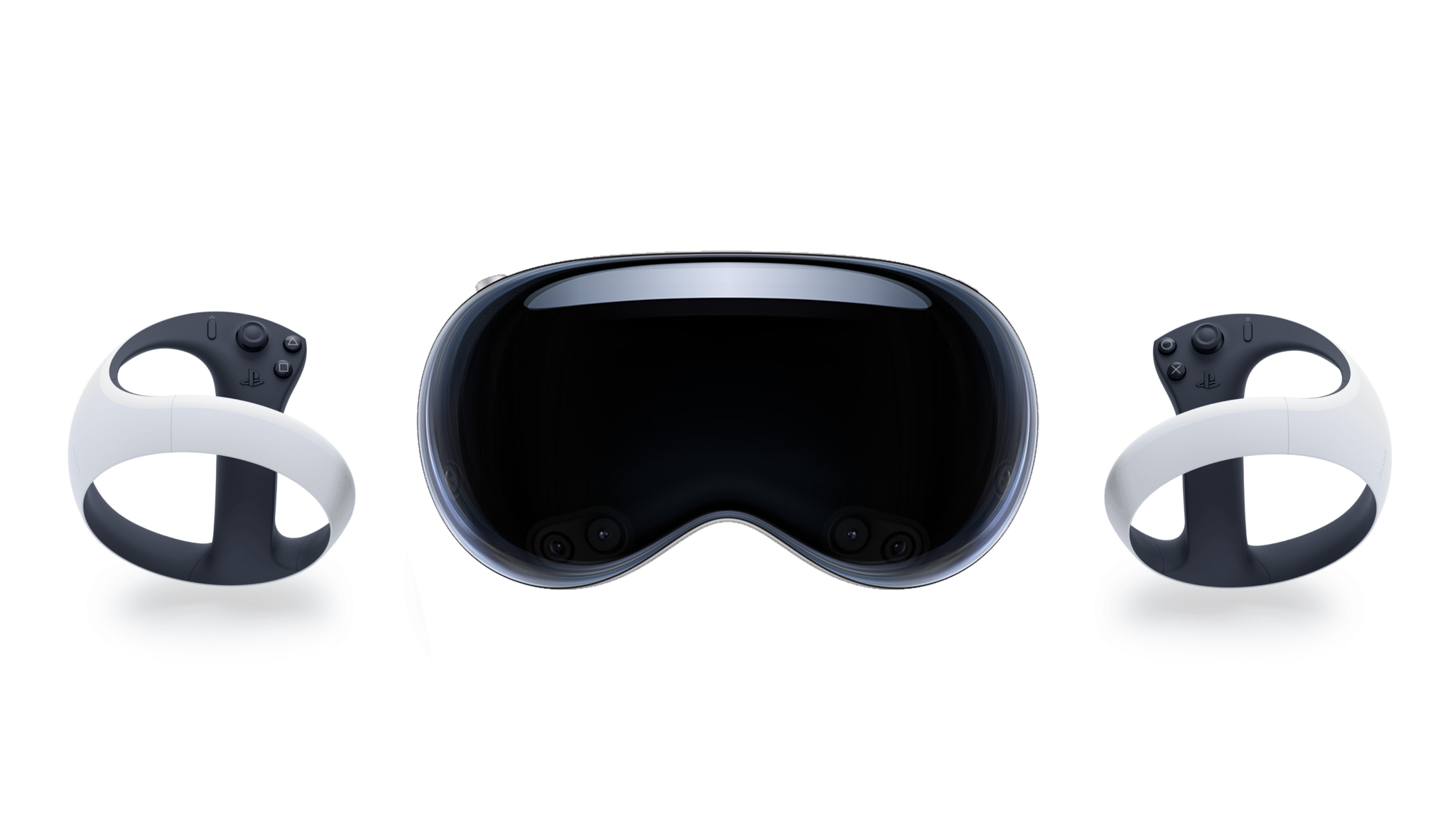AR / VR development tools comparison
Recent Articles
Sort Options:

Scaling industrial AR: How Visometry uses Unity and model tracking on the factory floor
Visometry and Unity are revolutionizing industrial augmented reality (AR) with advanced tracking and visualization tools. Their VisionLib SDK enhances precision in manufacturing, while Twyn simplifies AR-based quality inspections, paving the way for smarter, more efficient industrial applications.

The best VR headsets for 2025
Selecting the ideal VR headset is crucial for immersive gaming and virtual experiences. The guide highlights top models for 2025, emphasizing ergonomics, immersion, and performance, ensuring users find the perfect fit for their needs.

China's 4DV AI Releases WebXR Demo Of Volumetric 6DoF Video Clips
4DV AI has launched a WebXR demo showcasing volumetric 6DoF videos, utilizing advanced gaussian splatting technology. This innovative approach significantly enhances rendering speed and efficiency, allowing users to experience immersive 3D content on various VR headsets.

AR/VR headset market reaching ‘critical tipping point’
Recent research highlights a significant 18.1% year-on-year growth in the immersive technologies market, driven by demand for versatile experiences. Future expansion is expected to be propelled by advancements in mixed and extended reality, promising exciting developments ahead.

ALVR TestFlight For Apple Vision Pro Brings Its PS VR2 Controller Support To SteamVR
ALVR now supports PlayStation VR2 Sense controllers in visionOS 26 TestFlight builds, enhancing SteamVR gaming on Apple Vision Pro. This update allows users to access a vast library of VR content, improving the overall gaming experience.

Sony's PlayStation VR2 Controllers Change The Game For Apple Vision Pro
Apple Vision Pro will soon support Sony's tracked controllers, enhancing VR gaming potential. This integration may attract developers, despite the headset's high price and limited user base, signaling Apple's commitment to expanding its VR and mixed reality market.

Beyond gaming: 2024’s biggest XR innovations across industries
In 2024, extended reality (XR) technology is revolutionizing industries by enhancing operations and customer experiences. From automotive design to healthcare, XR is becoming essential for innovation, efficiency, and engagement, with significant market growth anticipated by 2032.

How to add VR support to your Universal Render Pipeline project
Unity's guide outlines essential steps for adding VR support to projects using the Universal Render Pipeline (URP). Key packages like XR Plug-in Management and XRI Toolkit streamline development across platforms, ensuring a seamless experience for developers venturing into VR.